During the colder winter months and in our more mature years, its actually very important to eat warm foods. Ancient food philosophies from Chinese Medicine and Ayurveda both espouse warm foods as supporting the digestion and healing the body.
It takes a lot of digestive energy whenever we drink something cold or eat raw cold foods, as the body has to work very hard to raise the temperature of the food or liquid we have ingested, so that the nutrients can then be absorbed. Unfortunately, a great number of people (both young and particularly beyond age 35) already suffer from a weakened digestive system due to our modern day diet and lifestyle.
When eating warmed cooked foods, more energy is available for digestion and absorption of nutrients. In many cases bloating and digestive discomfort is eliminated and the whites of the eyes even become brighter. This was certainly my experience when I made the transition from eating a diet that was mostly raw foods to that of cooked foods, after I had a consultation with a doctor of chinese medicine. At first I was distraught that I was being asked to give up my enzyme rich raw food diet, after all of the information that I had read and personally espoused on raw foods. However, the results I experienced from my warm food trial were so positive that I have continued to honour my own personal physiology, rather than following a food fad that is not suited to me.
It is always important to develop a food philosophy that suits your individual body and mental characteristics. Ayurveda and Chinese Medicine go a step further in that they look at a persons ‘dosha’ or ‘element’ to better understand what types of foods and lifestyle practices will best support.
However, coming back to warm foods, remember to chew well and eat whilst in a relaxed state. Different foods have their own unique properties too. For example; vegetables such as potatoes, pumpkin, squash and carrot are very grounding. Certain spices such as nutmeg, cinnamon and cayenne are very warming. Stewed fruits and honey hit that sweet spot for those with sugar cravings. And small amounts of protein and bone broths heal and repair the gut and body.
Finally, there’s nothing nicer than sipping on warm herbal tea throughout the day and before bed time. So enjoy the nourishing and contented feeling you receive when taking care of yourself in these colder months.




